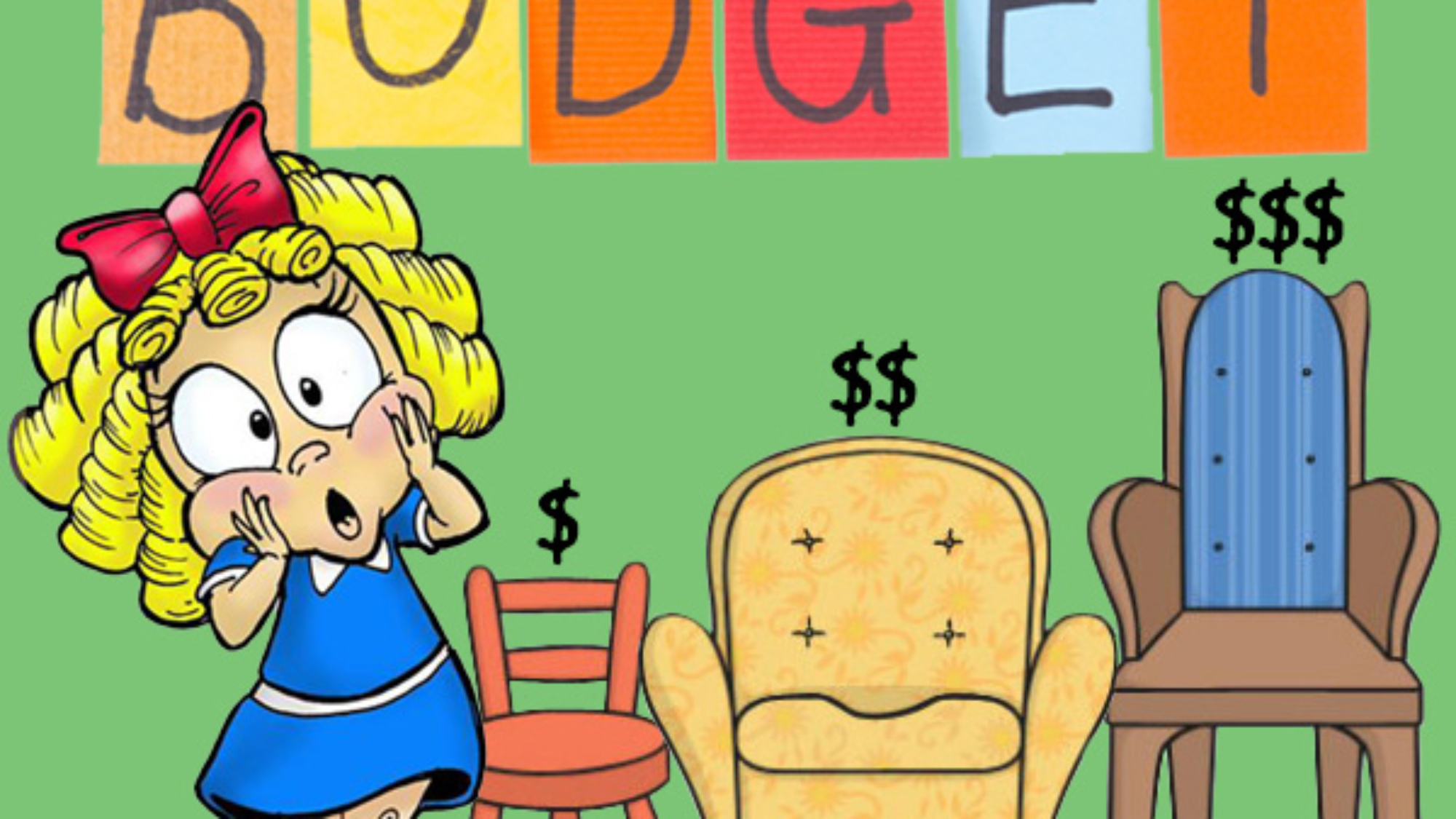A balanced maintenance budget is important to make certain that a property is profitable but also has room for growth. So how to ensure your budget is not too big, not too small, but just right?
If a budget is hyper-conservative in an attempt to save money and resources, then you risk aspirational growth and competitive edge, and ultimately may lose money in the long-run. If a budget set too high in an attempt to push rapid growth, then performance may fall short of projections, and you can create mistrust and tension with senior leaders. So how to ensure your budget is not too big, not too small, but just right?
There are three main objectives to creating your “Goldilocks Style Budget”. Below are some tips to help meet these goals.
1. Motivate Your Teams to Help Meet or Exceed Standards and Goals
- Review past logs and records to see trends in expenses and to predict what will likely be needed for the upcoming year. Allot time and money for vendors and team members to handle these accordingly. Using a facility service company with an easy to use work order system can help with keeping logs.
- An onsite maintenance team will often know the property best because they spend so much time there. They can note patterns and have insight into potential problems. It may seem that a maintenance crew would rather not be involved in the budgeting process, but it affects the work they will undertake in the near future. Their involvement will help define the scope of a maintenance project, which can affect how soon it is accomplished.
2. Invest Time, Money and Resources in the Highest-Priority Projects
- Take a physical assessment of the property. Note what needs work now and what could be scheduled in the future, such as exterior paint that can weather another year but will probably need refreshing after that.
- Use a system to determine the priority of maintenance projects in addition to the time they need for execution. Putting off a project can end up interfering with another maintenance need, so there is more to consider than just cost. Something may be a low priority now, but time-consuming, and so tackling it sooner than later may end up being the smart choice.
- Present owners with return-on-investment calculations which can make the budgeting process smoother. Review expenses that have occurred throughout the year as well. No need to wait until the very end of the year – this can be an ongoing process.
3. Be Prepared for Emergencies or Unforeseen Expenses
- Consider how to work larger projects into the budget that may be substantial capital improvements for the long-run, but which don’t require regular nor even yearly maintenance. A reserve study can help predict when these jobs should be factored into budget plans.
- Keep elasticity in the budget so you can deal with unexpected maintenance needs.
- Consider an onsite team. Mobilization is still a major factor in the cost of a maintenance job, so having an onsite team that can handle multiple work orders provides major benefits. In short, bundling a lot of projects together saves money.
- Be realistic about what you need to achieve
- Encourage collaborative budget discussions that are engaging and minimize conflict
- Allow for expression of preferences and expertise among various collaborators
- Offer some flexibility for internal, industry, and economic changes
- Provide a framework for continual measurement of results and effectiveness
How can TWS help you? Click here to find out.

